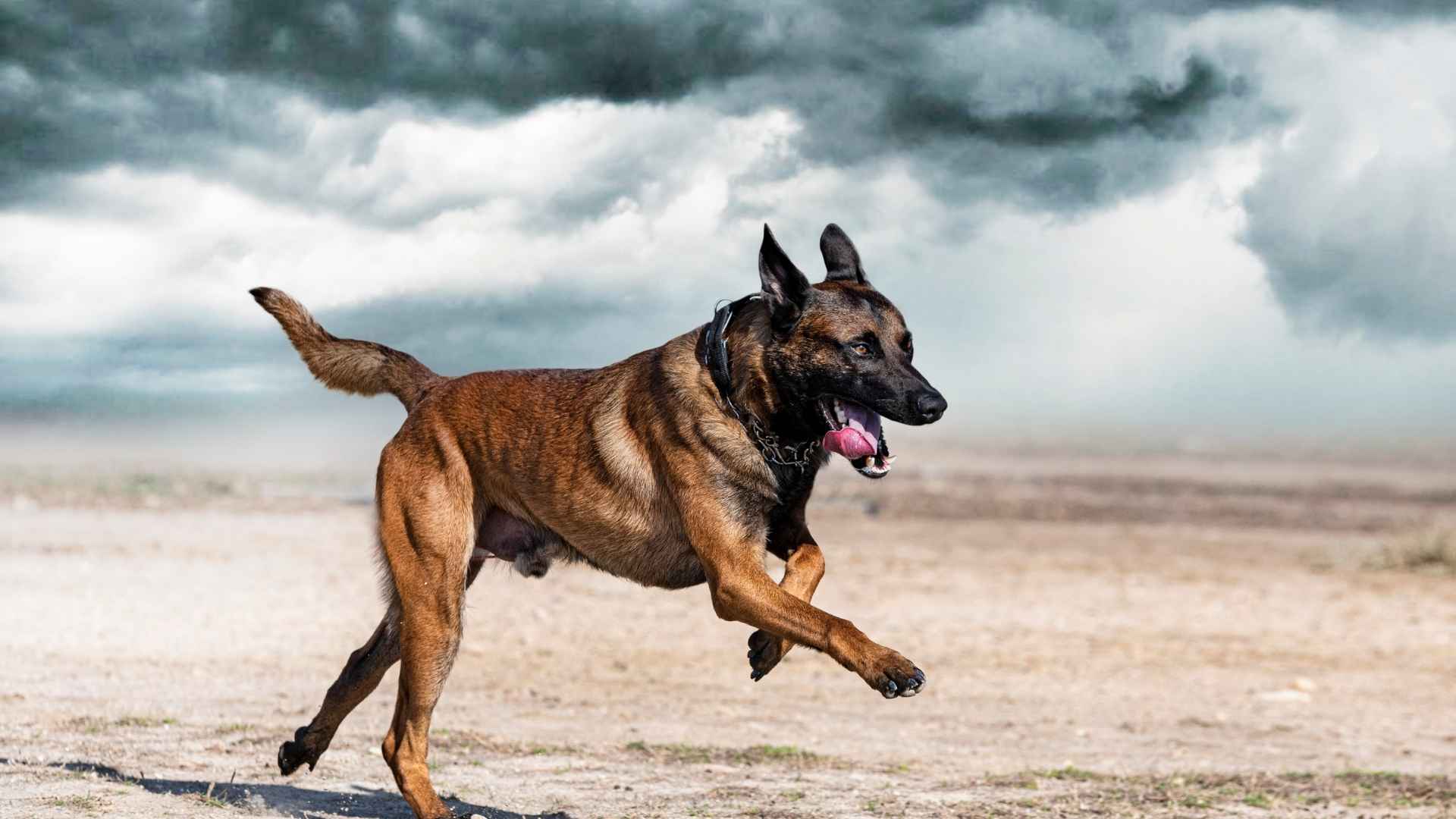Not all dogs are wagging tails and belly rubs—some come with a bite! While many breeds are loving companions, others have a reputation for being powerful, protective, and, in the wrong hands, dangerous.
Did you know that one breed in particular is responsible for more bite incidents than any other? (We’ll get to that soon!) But before you assume all these dogs are villains, let’s explore what makes them so feared.
Throughout history, these breeds have been used for guarding, hunting, and even military work. Their strength and instincts are impressive—but without proper training, they can be a handful.
Are they truly dangerous or just misunderstood? It’s a heated debate among dog lovers and experts alike. Either way, knowing the risks is key.
Let’s break down the world’s most dangerous dog breeds and what makes them so infamous!
9 Most Dangerous Dog Breeds in the World
1. Pit Bull
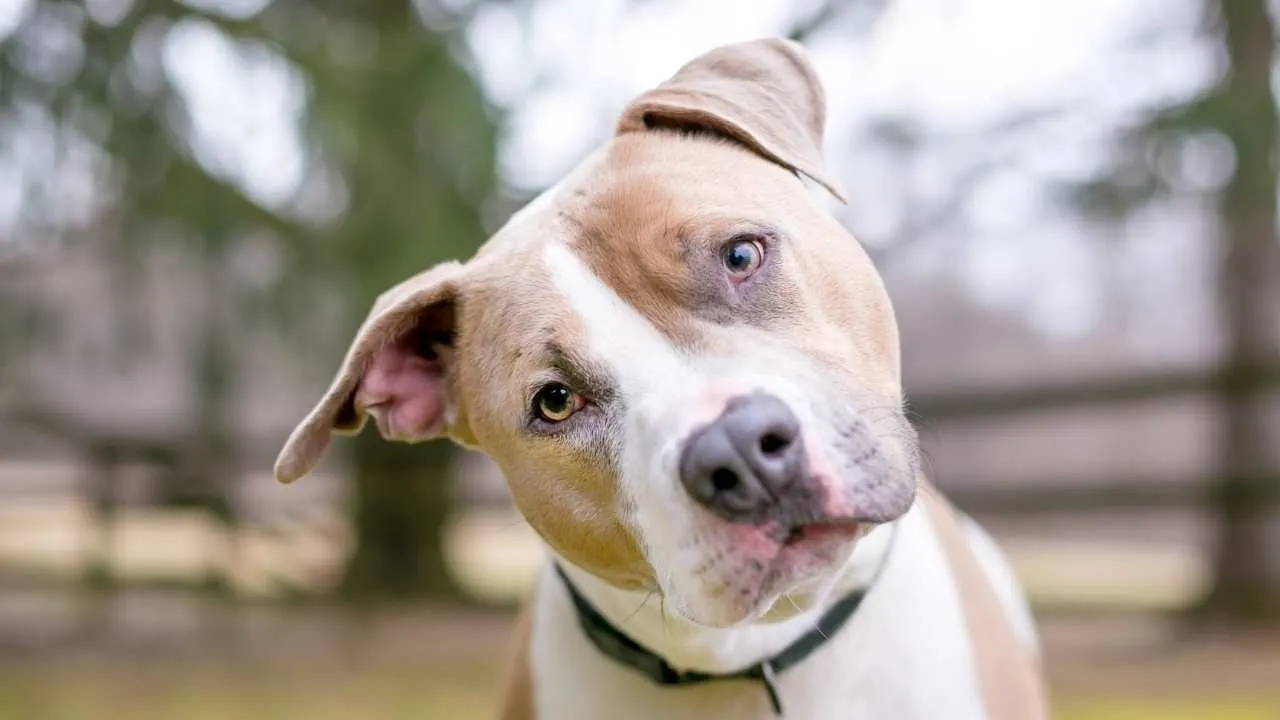
Built like a tank, Pit Bulls pack power, agility, and a bite force that’s nothing to mess with. Originally bred for bull-baiting and later for dog fights, their history alone makes them one of the most potentially dangerous breeds today, according to dogbites.org.
Dog bite statistics don’t lie—Pit Bulls are often at the top of fatal dog attacks. Their strong jaws and relentless drive mean they don’t just bite; they hold on. Yet, with the right training, they can be loyal and affectionate.
Highly intelligent but stubborn, training a Pit Bull requires consistency and a firm hand. Socialization from puppyhood is crucial to curb aggressive behaviors and prevent unwanted dog attack incidents.
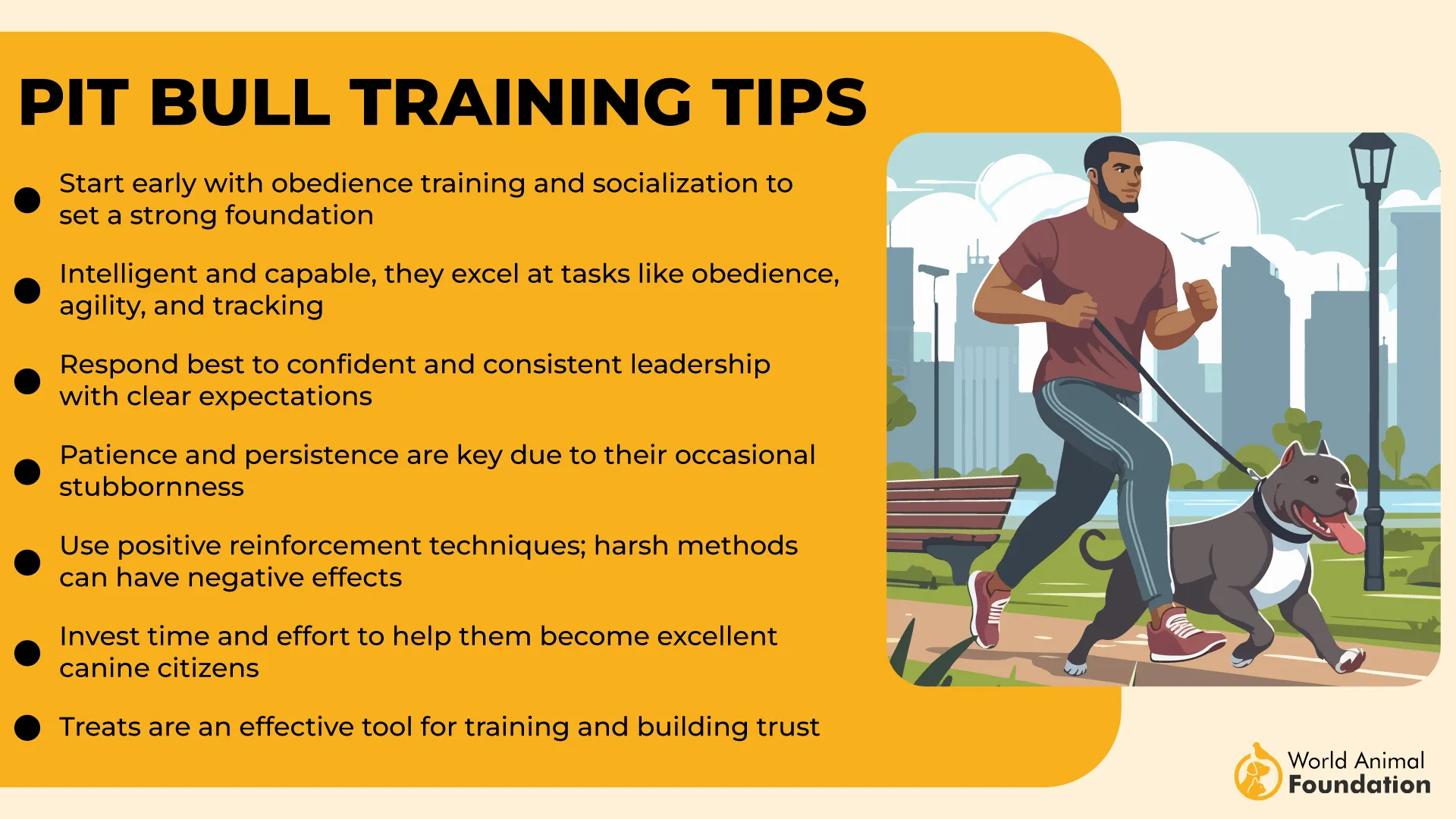
Exercise is non-negotiable. These high-energy dogs demand daily physical and mental challenges. Without it, frustration turns into destruction—chewed-up furniture is just the beginning.
When it comes to grooming, Pit Bulls are low maintenance. Their short coat only needs occasional brushing and baths, but their skin can be prone to irritations. Keep an eye on allergies!
Food? They eat like athletes. A protein-rich diet fuels their muscular build, but overfeeding leads to obesity.
Bottom line: In the right hands, Pit Bulls are loyal. In the wrong hands, they’re lethal breeds with a reputation that’s hard to shake.
2. Rottweiler
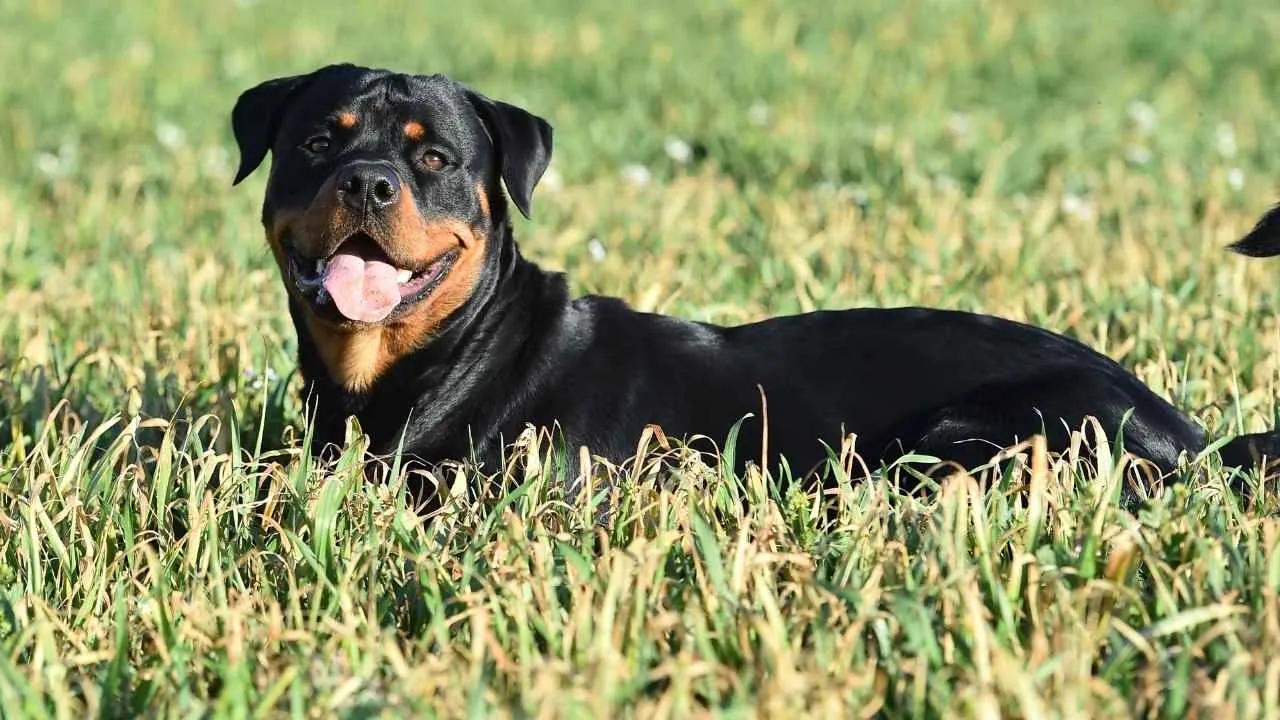
Loyal but lethal when provoked, the Rottweiler isn’t just a guard dog—it’s a powerhouse. Bred for herding cattle and protecting property, this risk dog breed has the instincts to defend and the muscle to back it up.
Rottweilers dominate dog bite statistics year after year. With a bite force stronger than a lion’s, when they latch on, they mean business. Proper training and socialization are non-negotiable.
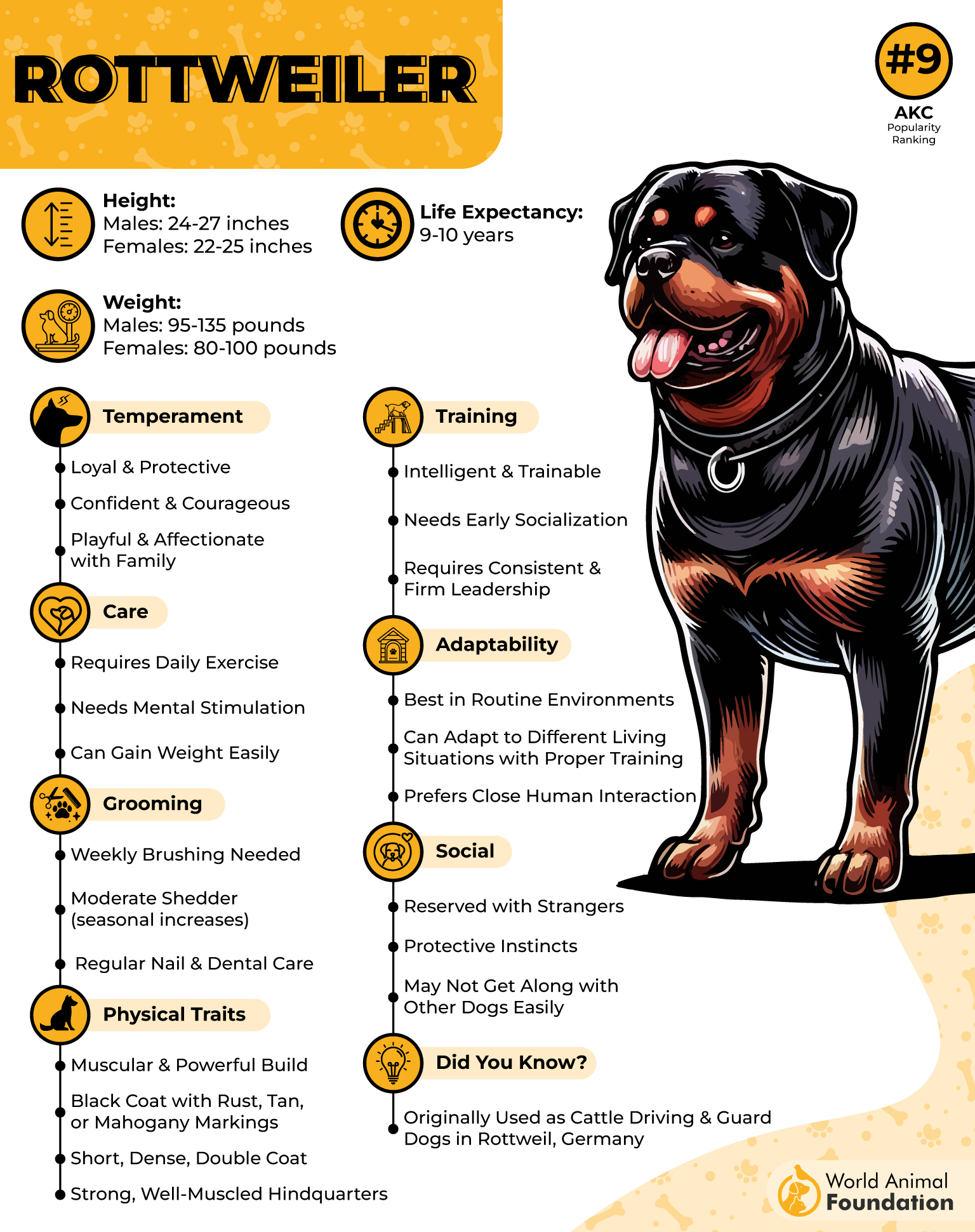
Highly intelligent but stubborn, these aggressive breeds need a confident owner. They respond well to structure but slack off on training, and you may end up with a ticking time bomb.
Their exercise needs are massive—daily runs, mental stimulation, and obedience drills keep them in check. Without it, they can develop dangerous dog behaviors, making them a potentially harmful dog.
Diet? Think high-protein, muscle-fueling meals. These larger dogs require balanced nutrition, or they’ll gain unhealthy weight fast, impacting their agility.
Maintenance-wise, Rottweilers shed a lot. Regular brushing and occasional baths keep their thick coat in shape. Expect fur everywhere if you slack off.
With the right discipline, a Rottweiler is a fearless protector. In the wrong hands? A severe dog with fatal dog bite potential.
3. German Shepherd
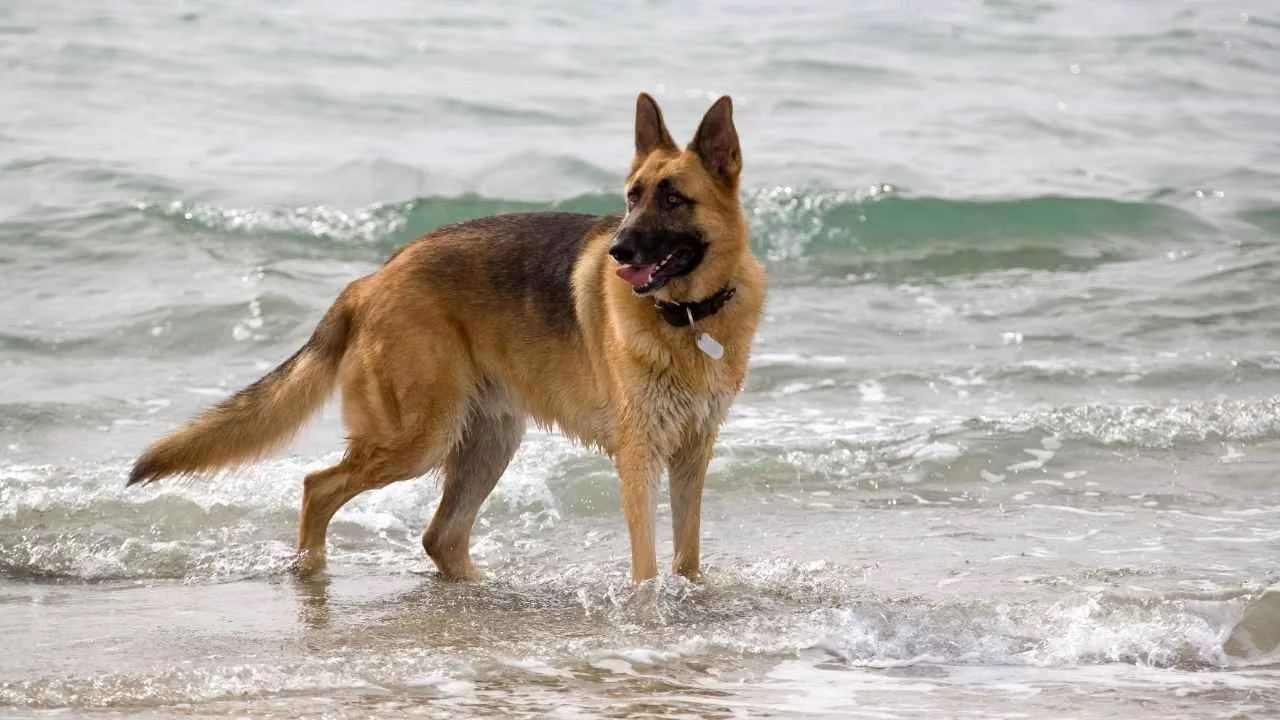
With brains, brawn, and an unstoppable drive, the German Shepherd isn’t just a popular breed; it’s a force of nature. Originally bred for herding, these dogs are now police canines, military heroes, and elite guard dogs.
But don’t be fooled by their intelligence—without strict training, they can be unpredictable. Their protective instincts make them a risk dog breed if not properly socialized. Dogs lashing out from fear or dominance? German Shepherds are no exception.
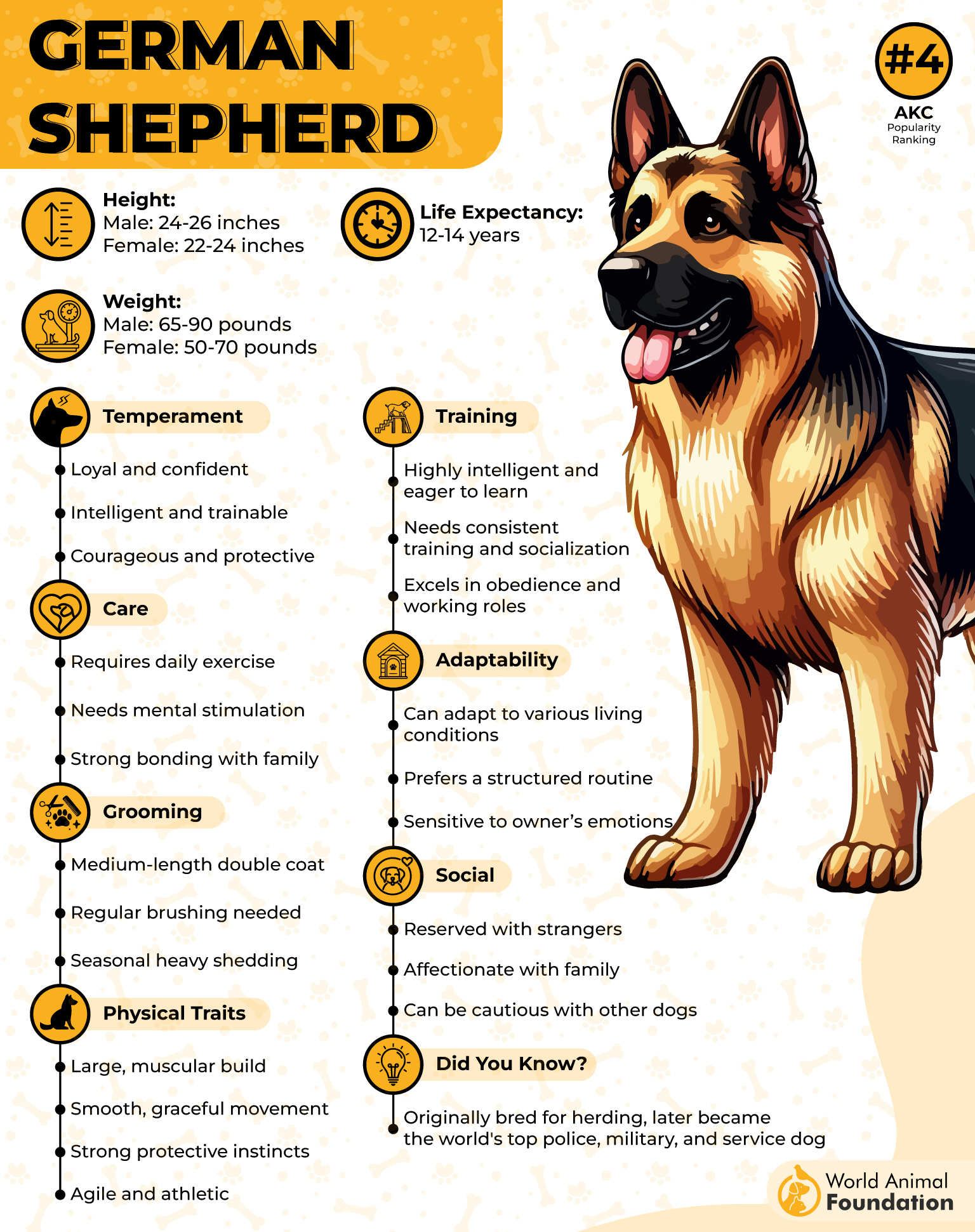
Highly intelligent but high-maintenance, they need constant mental challenges. If they’re bored, they’ll find trouble—your shoes, furniture, and walls won’t survive.
Britannica suggests that exercise is non-negotiable. This breed thrives on intense physical activity and socialization. Without it? Expect aggressive dog behavior and dog bite incidents.
Grooming? A fur tornado. Their thick coat sheds year-round, and during shedding season? Forget wearing black.
Their diet needs lean proteins and joint-supporting nutrients. Overfeed, and you’ve got an overweight, high-energy wrecking ball.
In the right hands, they’re unbeatable. In the wrong ones? A ticking time bomb. Train them well—or don’t get one at all.
4. American Bulldog
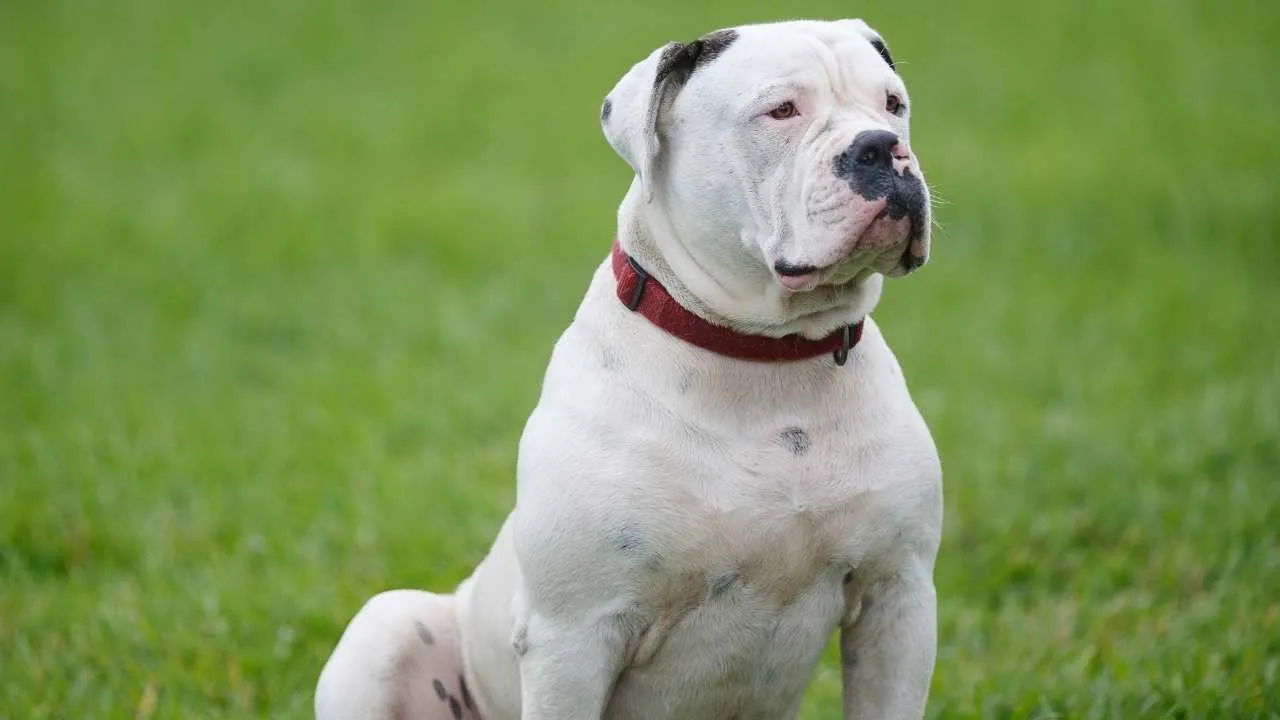
Powerful, stocky, and built like a battering ram, the American Bulldog is a fighting dog at heart. Originally bred for farm work and catching feral pigs, their strength is no joke. One wrong move, and this risk dog breed can overpower even experienced owners.
Their protective nature makes them excellent guard dogs—but also a potentially dangerous breed. Without early training, they may see strangers as threats, leading to unpredictable dog attacks.
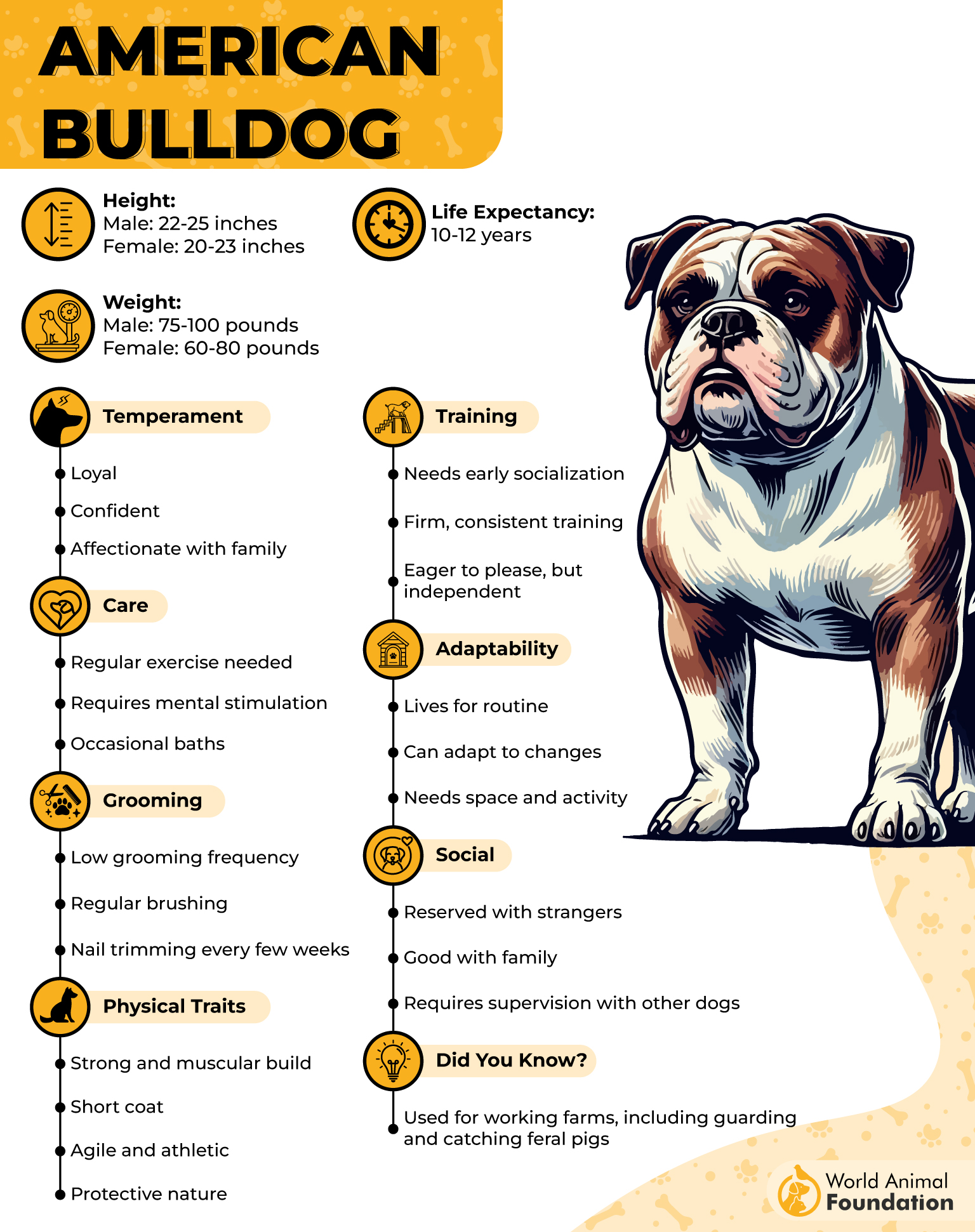
Stubborn and strong-willed, American Bulldogs need firm training. Commands must be clear, consistent, and reinforced daily to avoid aggressive dog behavior.
High-energy and muscular, they require intense workouts. A bored American Bulldog becomes destructive—think chewed doors, torn couches, and a frustrated owner.
Their short coat is low maintenance, but their drooling? Get ready for puddles. Regular cleaning prevents skin infections, a common issue for this breed.
These larger dogs need a protein-packed diet to maintain muscle mass. Overfeeding turns them from lean machines to bulky, sluggish dogs prone to joint issues.
Handled right, they’re affectionate and loyal. Handled wrong? An aggressive breed with serious dog bite potential.
5. Bullmastiff
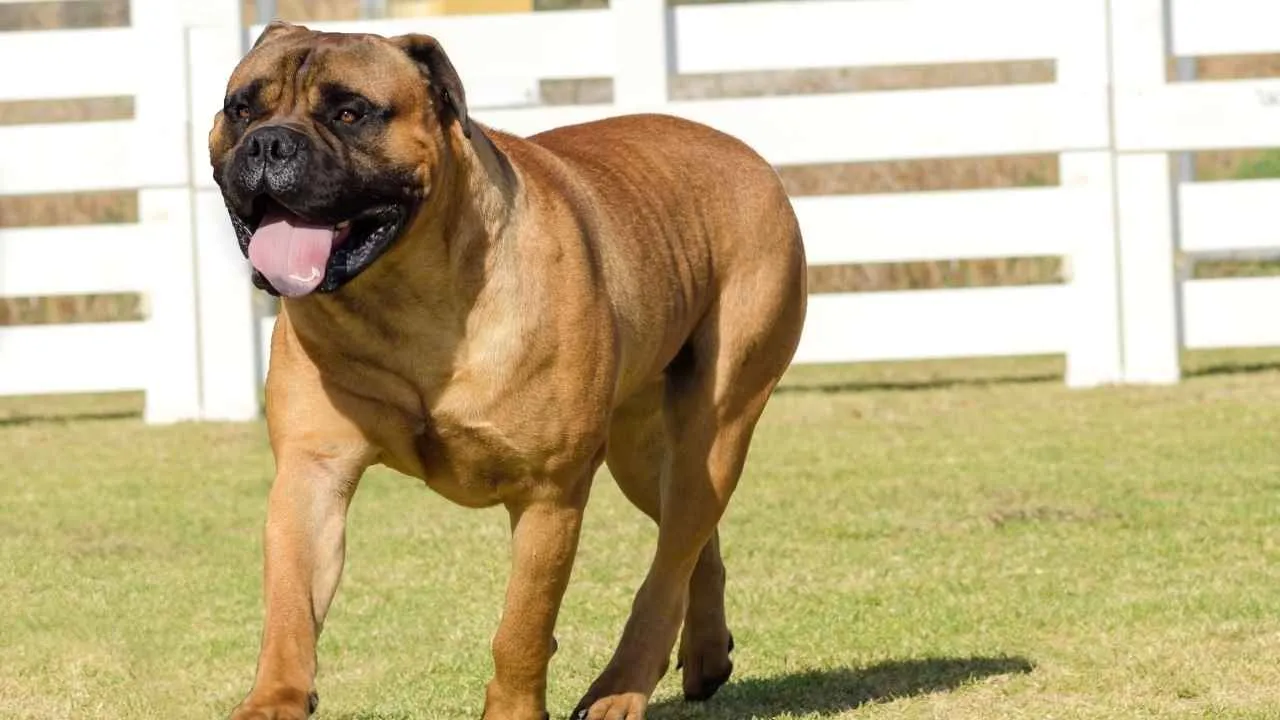
Silent, massive, and deadly when provoked, the Bullmastiff was bred to guard estates from poachers. Their intimidating size alone is enough to stop intruders in their tracks. But what if that doesn’t work? Their crushing bite force will.
Despite their potentially dangerous breed status, Bullmastiffs are surprisingly gentle with their families. However, they don’t take kindly to strangers—if they sense a threat, they’ll react first and ask questions later.
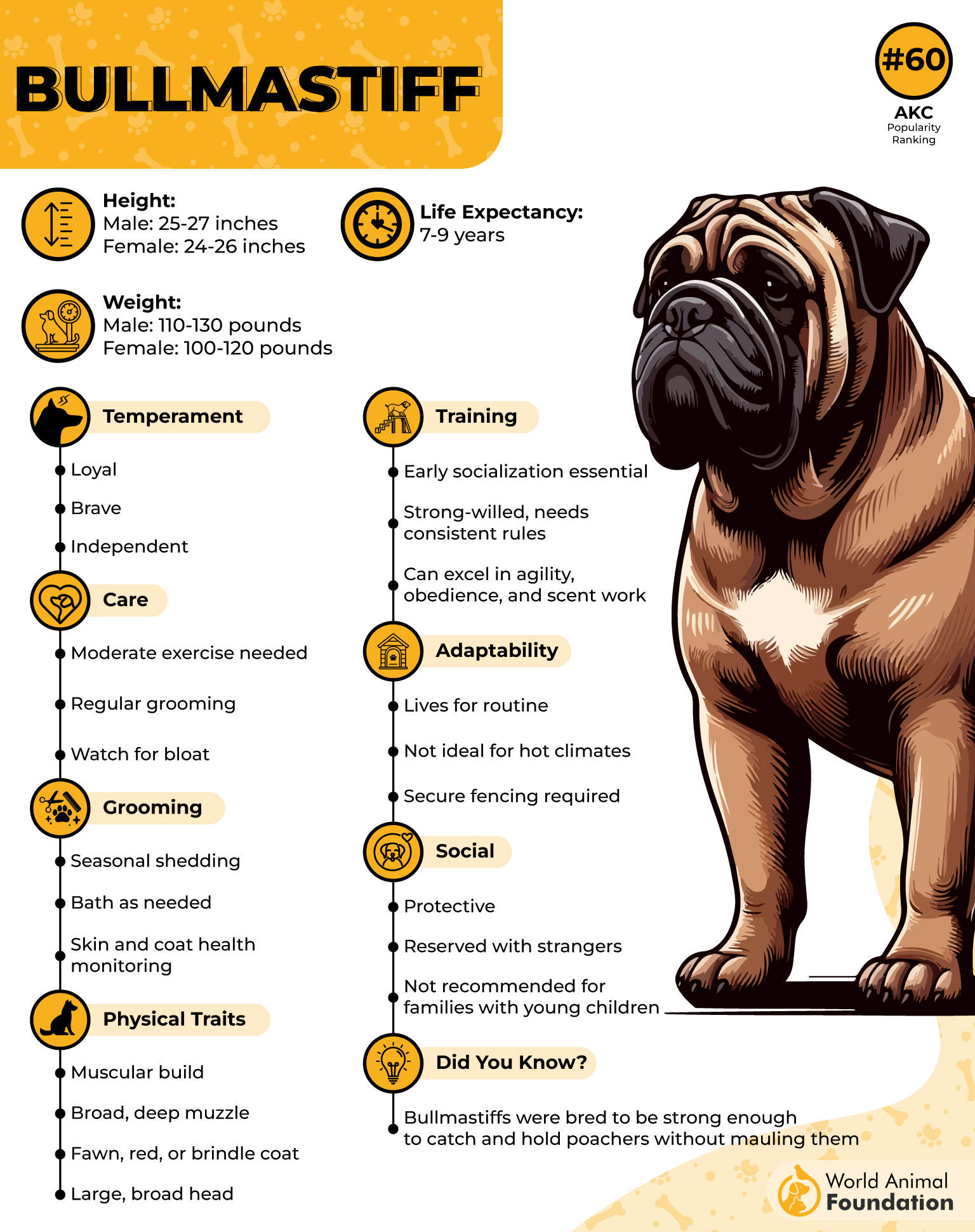
These dogs don’t bark much, but don’t mistake silence for weakness. When they attack, it’s swift and serious. Poor training makes them a dangerous dog breed with unpredictable dog attacks.
Exercise is crucial but not excessive—too much strain can damage their heavy joints. Controlled walks and structured play keep them balanced.
WebMD reveals that Bullmastiffs shed moderately, but their drool? That’s a whole other battle. Keep towels handy unless you enjoy slobber-coated everything.
A well-balanced diet with joint-friendly supplements keeps their massive frame in check. Obesity in this breed is a disaster waiting to happen.
With a calm but firm owner, Bullmastiffs are gentle giants. Without discipline? They’re walking, 130-pound disasters waiting to happen.
6. Doberman Pinscher
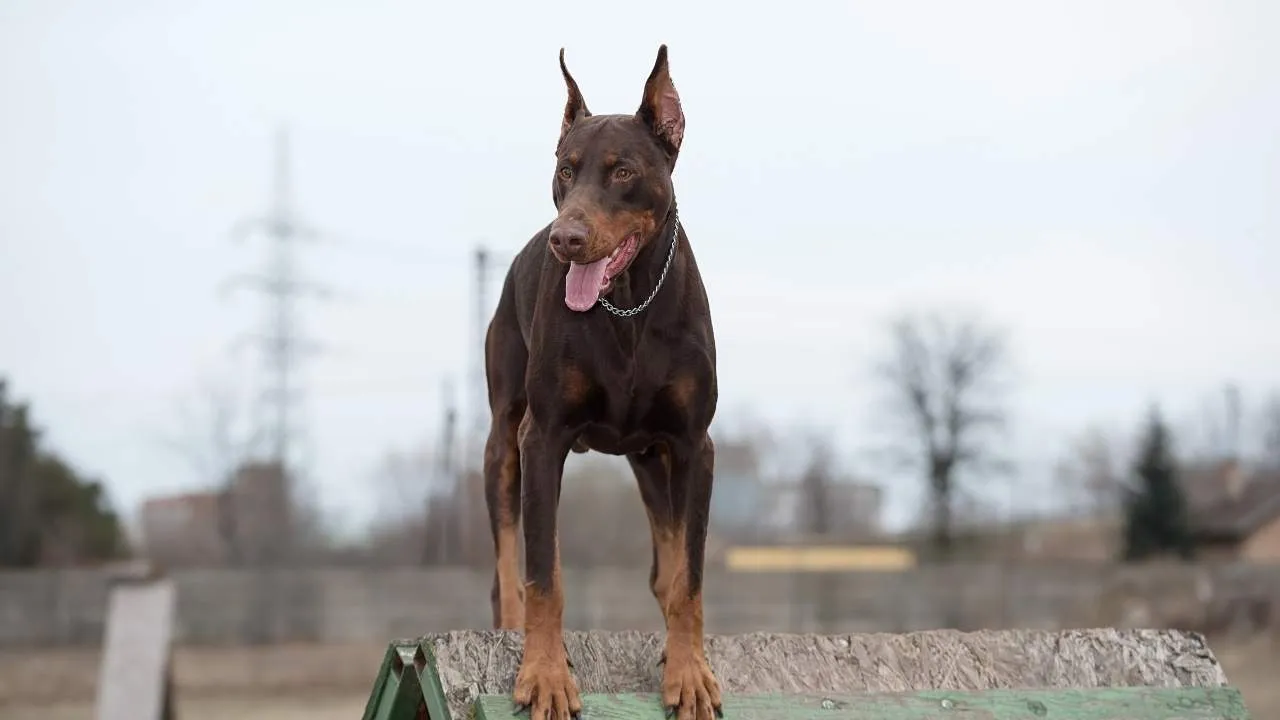
Sleek, swift, and bred for protection, the Doberman Pinscher isn’t just a pet—it’s a security system with teeth. Once a war dog, now a top-tier guard dog, their intelligence makes them potentially harmful dogs in the wrong hands.
Speed is their weapon. Unlike bulkier, aggressive breeds, Dobermans don’t rely on sheer strength. They’re built for lightning-fast takedowns. When they strike, it’s all precision and power.
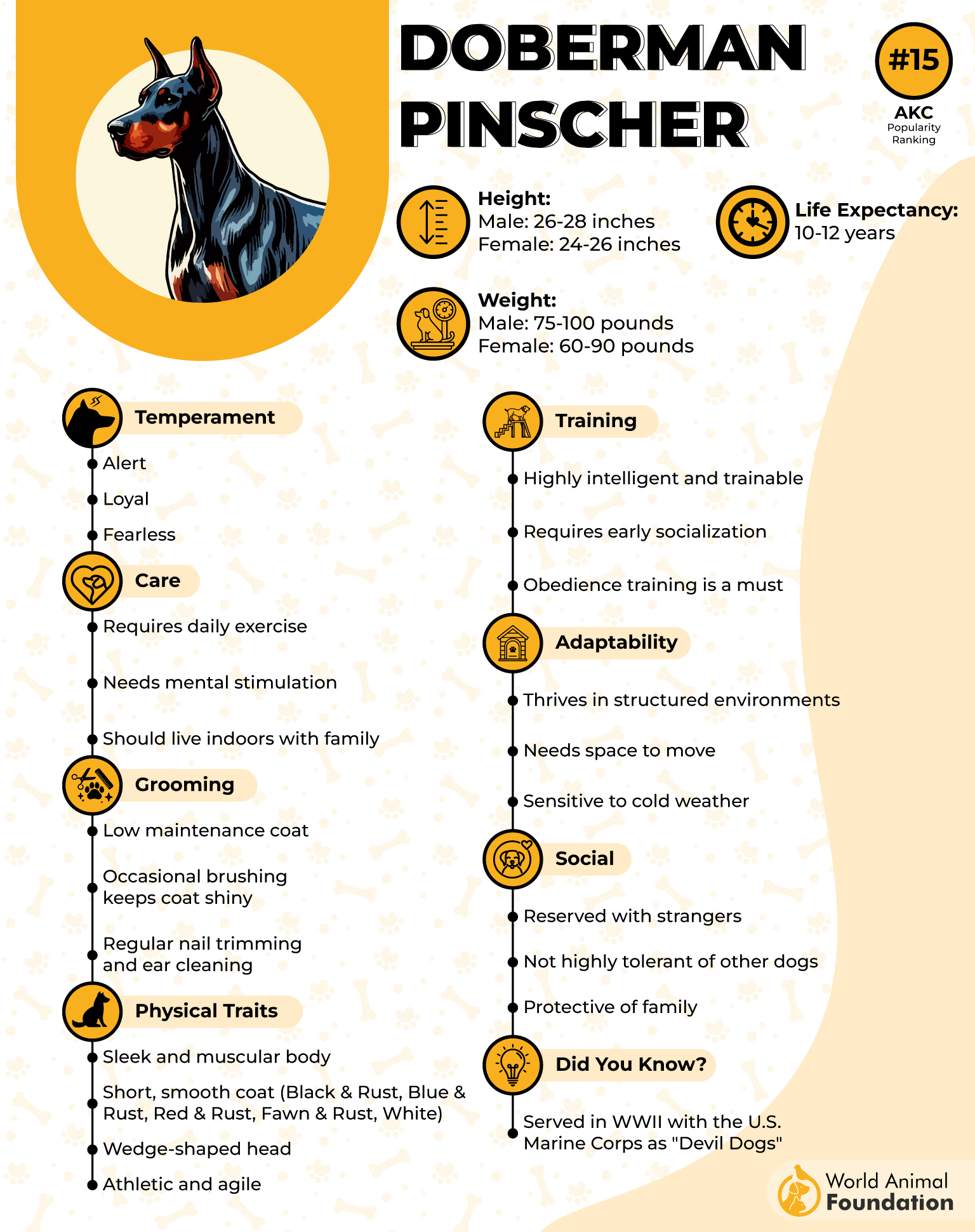
Loyal but territorial, they won’t hesitate to attack if they sense a threat. Proper socialization is crucial—without it, their protective instincts can turn into aggression.
High energy doesn’t even cover it. Dobermans demand intense daily workouts, agility training, and mental stimulation. Skip this, and you’ll have a frustrated, aggressive dog on your hands.
Their short, low-maintenance coat means little shedding, but their sharp, alert expressions? Always on point. A Doberman is never fully relaxed.
They need a lean, protein-rich diet to maintain their athletic build. Anything less, and they lose their agility, making them more prone to injuries.
With the right training, Dobermans are fearless protectors. Get lazy with discipline? You’re left with a ticking time bomb that doesn’t bluff.
7. Cane Corso
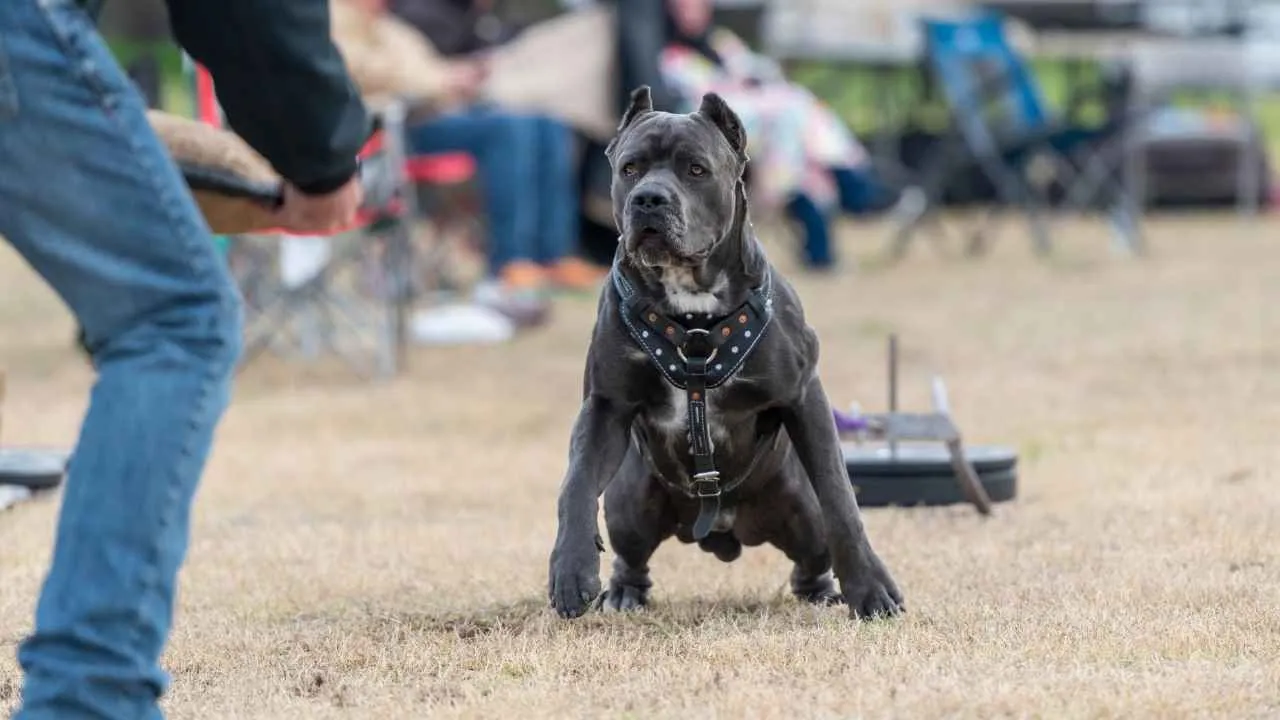
Massive, intimidating, and built for battle, the Cane Corso is a walking fortress. Originally bred for war and guarding, this potentially dangerous breed isn’t just muscle—it’s sheer power with a brain.
Unlike other aggressive breeds, the Cane Corso isn’t overly reactive. But when it strikes, it doesn’t miss. A bad owner turns this guardian into a risk dog breed with serious dog attack incidents.
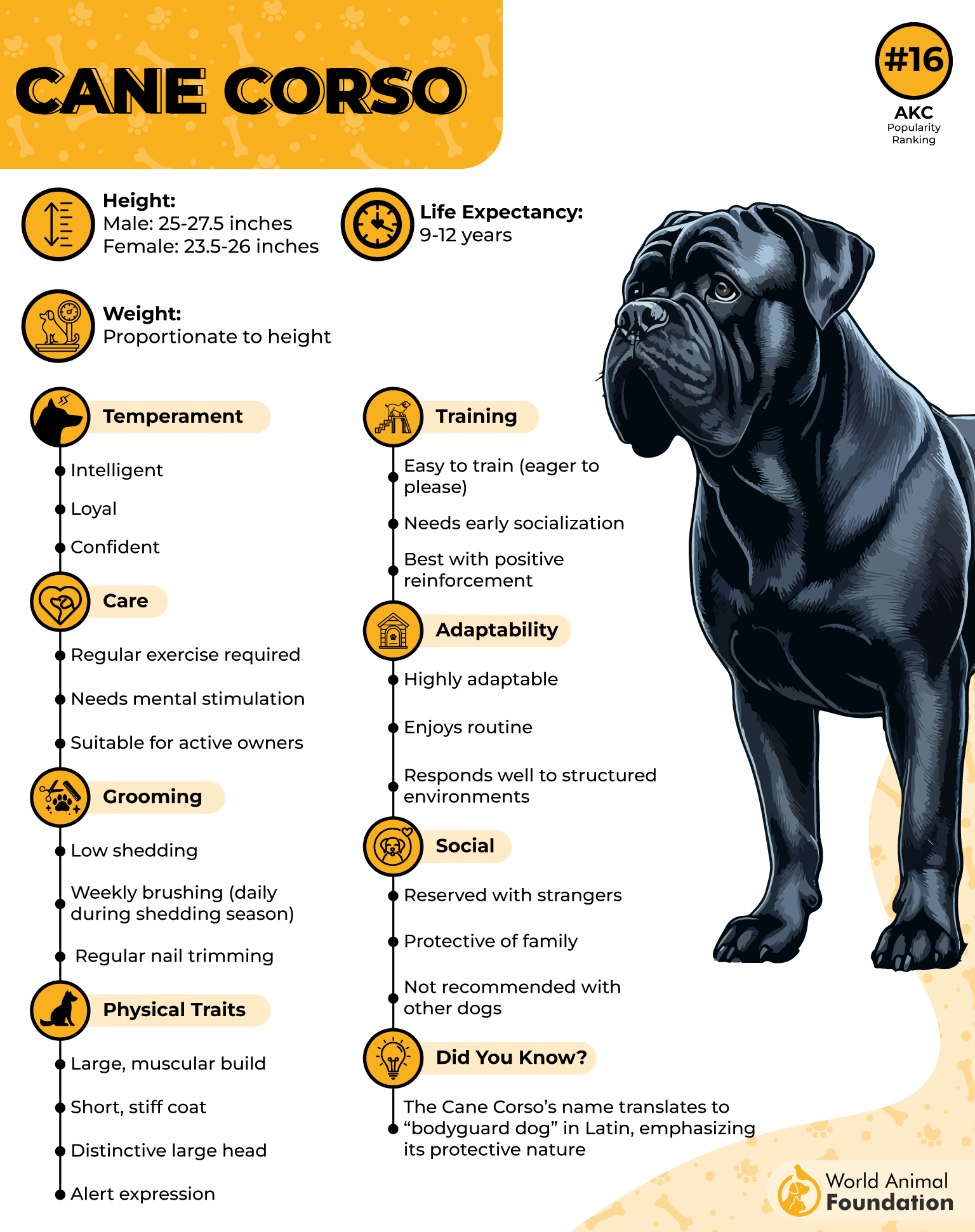
Smart but stubborn, this breed doesn’t tolerate weak leadership. If you’re not firm, expect a dog that makes its own rules—and you won’t like them.
PDSA recommends that they need intense daily training and socialization to curb aggression. Without it? You’ve got a 132-pound liability on your hands.
It’s a low-maintenance coat, but it has high-maintenance drool—you’ll find slobber on everything. A quick brush keeps their sleek coat in check.
Their diet? Meat, meat, and more meat. Protein fuels their unstoppable frame, but too many carbs lead to unwanted weight.
Under control, they’re fearless protectors. Out of control? They’re walking weapons capable of serious damage.
8. Alaskan Malamute
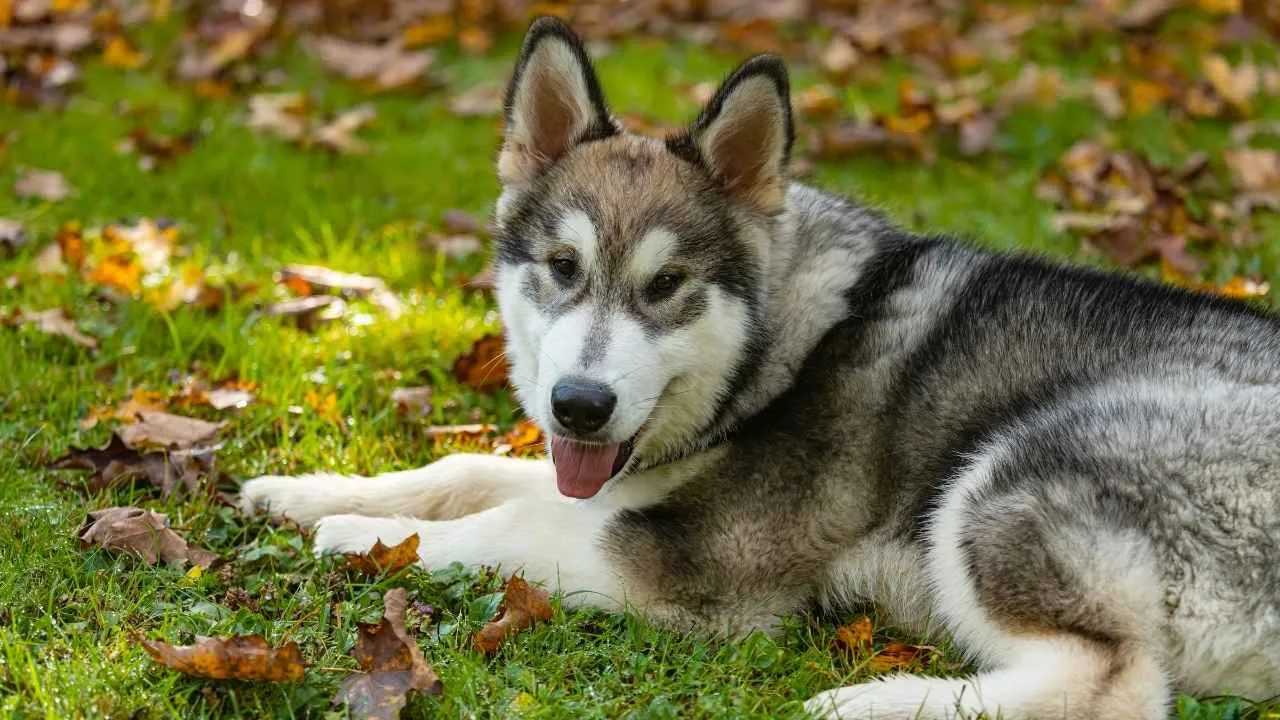
Fluffy but ferocious when challenged, the Alaskan Malamute isn’t just a sled dog—it’s a powerhouse with a wild streak. Their wolf-like build isn’t just for show; they have the instincts to match.
Unlike other dangerous dog breeds, Malamutes aren’t bred for guarding—but their independent nature makes them unpredictable. They don’t attack often, but when they do? Good luck stopping them.

Training them is a battle. Malamutes are highly intelligent but zero percent interested in pleasing you. They obey when they feel like it.
Their energy levels are off the charts. If they don’t get daily mental and physical challenges, they’ll unleash chaos—digging, chewing, howling like a wolf on a full moon.
That thick double coat? Gorgeous, but it sheds like crazy. Get a vacuum. Maybe two. You’ll need them.
Their high-protein, high-fat diet keeps them fueled for hours of activity. Skip meals, and they’ll hunt for their own—your furniture won’t survive.
Malamutes aren’t mean dogs, but they demand respect. Push them too hard? You’ll see why they don’t belong in every home.
9. Siberian Husky
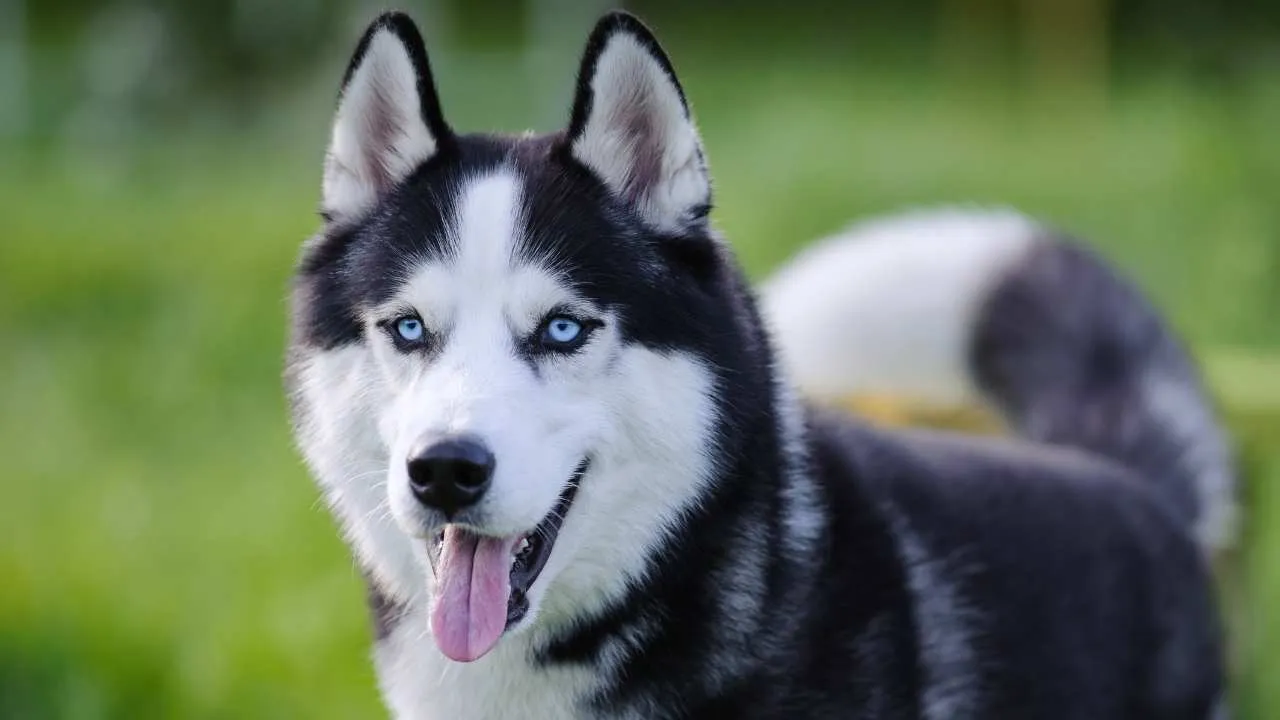
Don’t let the blue eyes fool you—Huskies are rebels at heart. They’re not aggressive by nature, but they play by their own rules, and that can be dangerous.
Unlike deadlier dogs, Huskies don’t attack often—but their sheer energy and stubbornness make them a handful even for experienced dog owners.
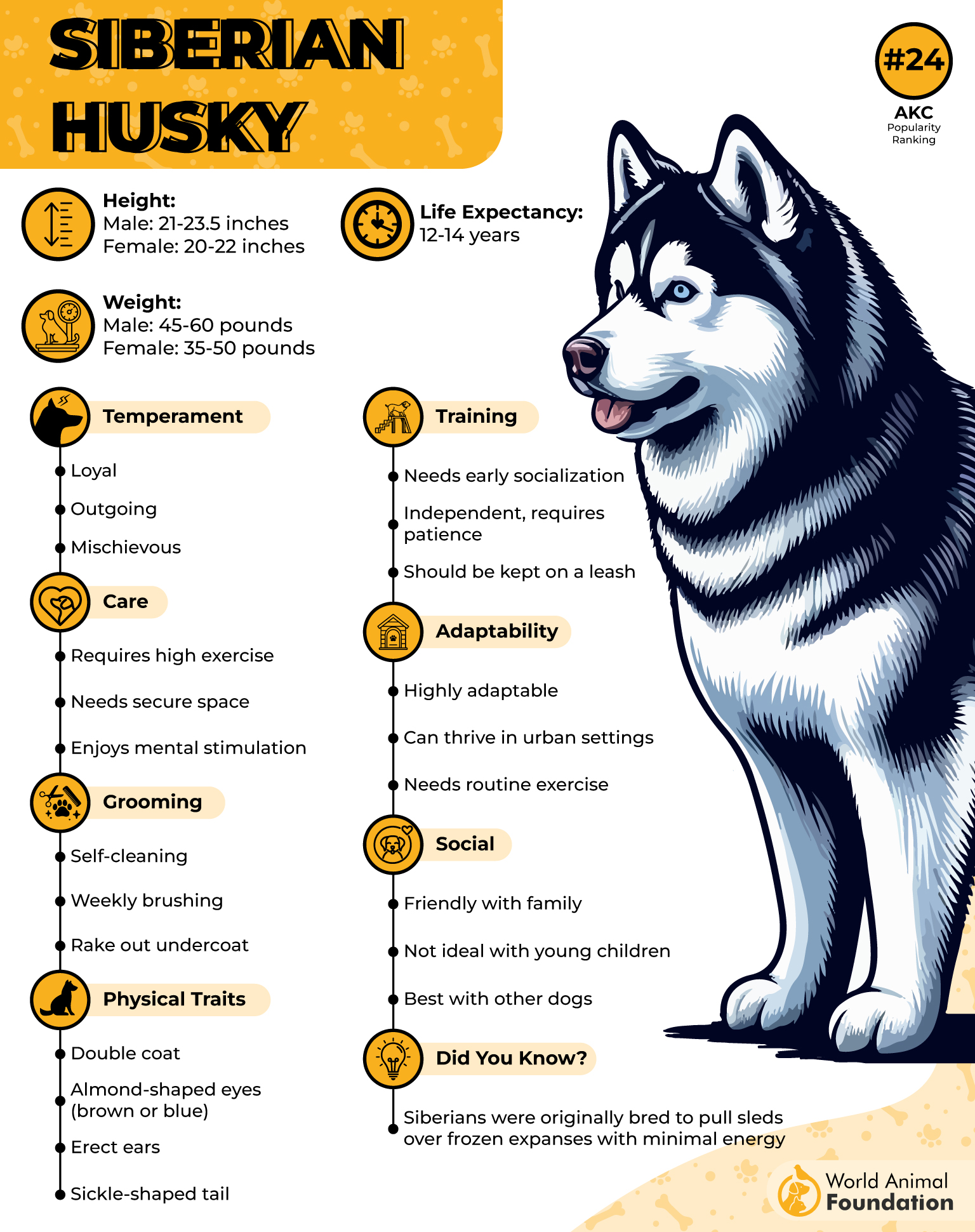
Training? Good luck. They’ll listen—if it benefits them. Huskies are escape artists and will find ways to break out, no matter how secure you think your fence is.
They need miles of daily exercise. Bored Huskies don’t just whine—they destroy everything in sight. Sofas, walls, even doors—nothing is safe.
That fluffy coat sheds year-round. Husky owners wear fur like an accessory—brushing helps, but expect hair everywhere.
AKC recommends that food-wise, they need a high-protein, high-fat diet to fuel their unstoppable energy. Skip the good stuff, and they’ll find trouble elsewhere.
Fun, wild, and completely unpredictable, Huskies are lovable chaos. Can you handle it? Most people can’t.
Conclusion
So, are these dangerous breeds truly born bad, or is it all about training? The truth? It’s a mix of both. While Pit Bulls, Rottweilers, and Cane Corsos have the muscle, it’s their dog behavior and upbringing that shape their temperament.
Even popular family dogs like Labrador Retrievers and Golden Retrievers can turn unpredictable with poor training. Don’t believe it? Animal bites from Labradors typically still make headlines! Mixed breeds aren’t off the hook either—dog attacks happen across the entire dog population.
Surprised not to see Hounds or Terriers instead on the breed list? While they’re not leading dog fights, some, like the Bull Terrier, pack a punch. Mastiffs, Dobermans, and even Police canines have also caused fatal incidents when mishandled.
Owning one of these breeds today isn’t illegal, but in some places, certain dog breeds face bans. Illegal dogs exist due to breed restrictions, not because all of them are mean dogs.
So, thinking about getting a puppy from this breed category? Train them well, socialize early, and respect their genetics—because even the best-intentioned pit bull genetics can’t override bad ownership.
Love this breakdown of deadlier dogs? Share it, debate it, and tell us: What’s your take on these controversial breeds?


